Number three has been an extremely important number since the beginning of civilization. It represents divinity, harmony, and perfection. Did you notice, how I used the so-called rule of three in the last sentence?
Number three is the lowest number to present a pattern or rhythm. It is used in conversations, learning, and literature as an effective way to communicate accents, data, and messages. It's not surprising to be called a fairy tale number but unlike seven, we can find the use of number three in all areas of life.
If you know how to use the rule of threes, your communication will definitely improve. Three is very often presented in fairy tales, one of my favorite subjects: we have three brothers, three bears, three pigs, three challenges, ... This article will present some of the most typical uses of the number three with 10 examples from classic fairy tales.


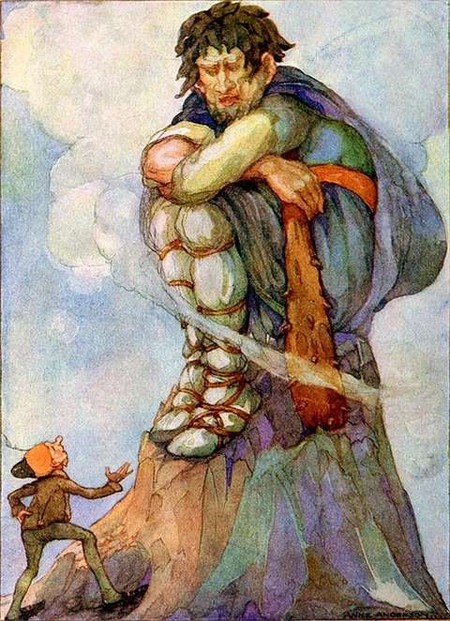
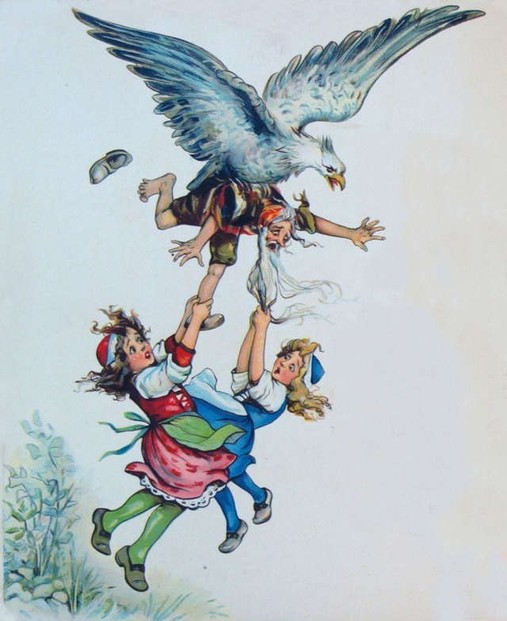
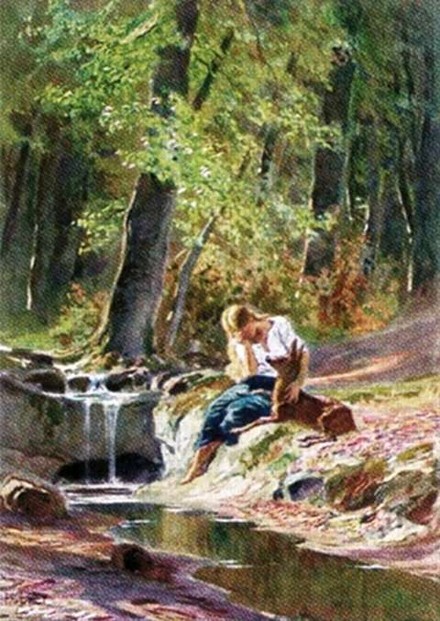
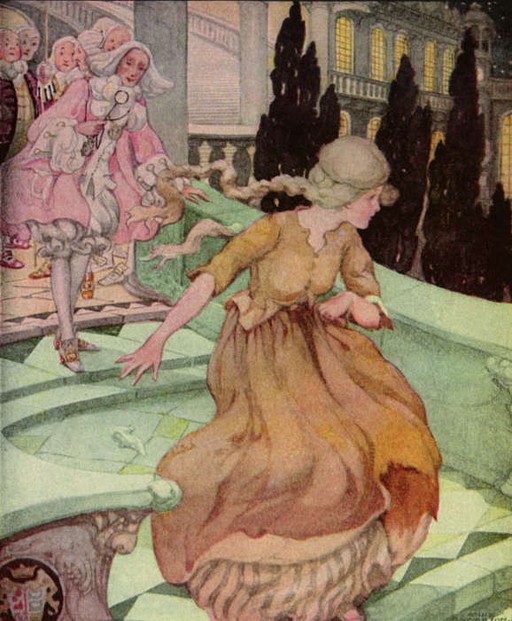
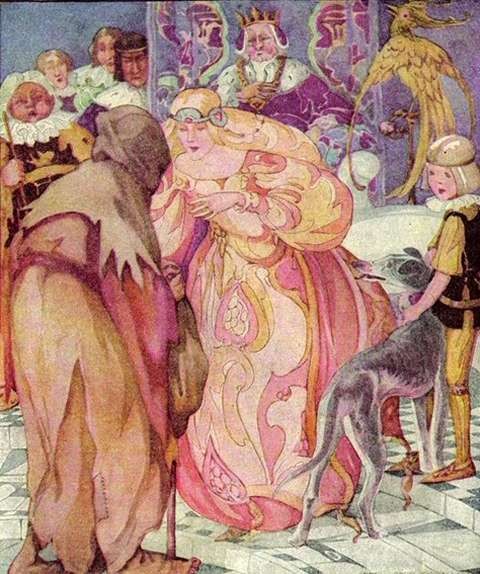
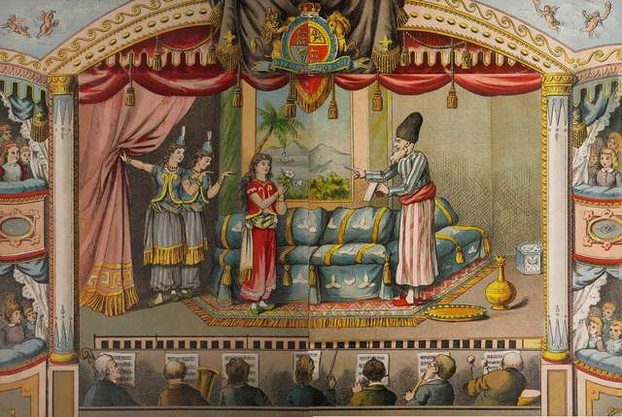

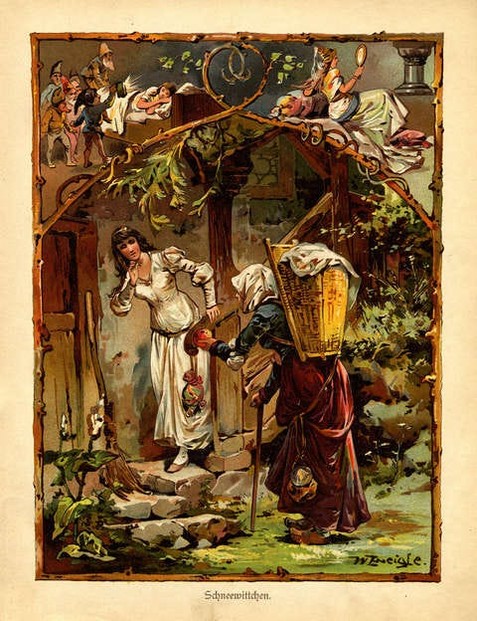
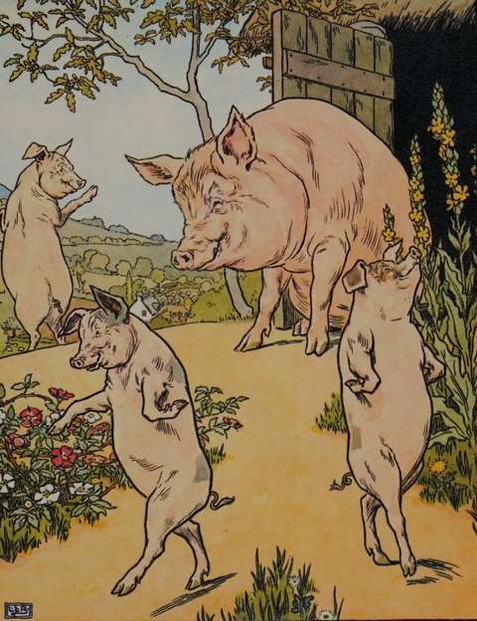
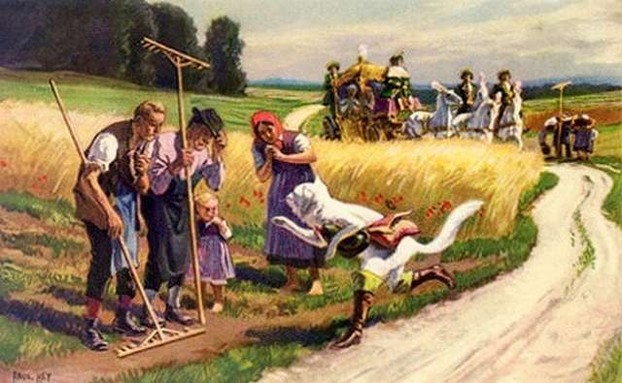
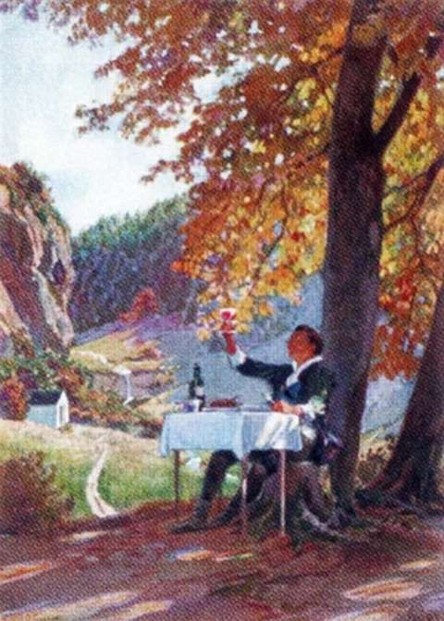

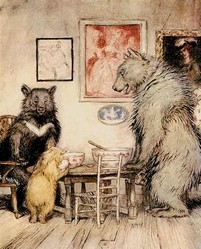

 Vintage Postcard Artists with 10 Examples of Easter Cardson 02/21/2025
Vintage Postcard Artists with 10 Examples of Easter Cardson 02/21/2025
 Valentine's Symbolson 01/23/2025
Valentine's Symbolson 01/23/2025
 Thanksgiving Symbolson 11/12/2024
Thanksgiving Symbolson 11/12/2024
 Famous Witches in Literary Historyon 10/06/2024
Famous Witches in Literary Historyon 10/06/2024

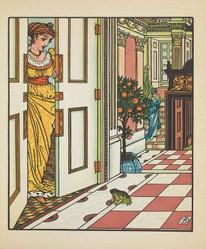
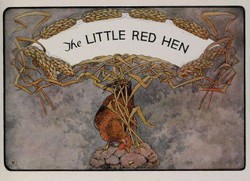
What number three means to you?
Thanks, Veronica. As I said, the rule of threes s aplicable in many aeas. We had a professor of chemistry, who explained everythin in so-called triades. He could do differentlybut this kind of organizing data suied him best and we (students) adapted very well.
I don't think the age is relevant in this case. But you are right about his time to 'catch up', of course.
Universality is the key, yes.
Yes, DerdriuMarriner, the girl later visits her baby and her husband has three chances to save her.
It's interesting that the mill initially looks like the best bet.
But might there not be a problem of upkeep? Might that not become as financially challenging and mentally and physically worrying as making sure that such sentients as cats and donkeys are fed and rested and sheltered?
Your 8th fairy-tale example of the number-three rule really makes it clear how much conscientious work matters.
It seems like that fairy tale might be particularly effective for those contemplating construction or self-help careers. The wolf tells us that there will be consequences when one prioritizes getting work done quickly as opposed to well, correct?
The number-3 rule intrigues me more and more as I progress through your 10 sample fairy tales.
Seeming defeats followed by ultimate happy victories make me ponder Christian influences in terms of the intermediate and the ultimate fates of Sleeping Beauty and Snow White.
The two latter heroines meet with seeming death, which I mean no sacrilegiousness when I say almost Christ-like in rising from the dead and revealing forms not immediately recognizable with those of before.
For example, would not one say that Sleeping Beauty and Snow White were somewhat unrecognizable -- just as the risen Christ to disciples on the Emmaus road - in their princess attire?
The fifth, Golden Bird fairy tale involved golden apples.
This is a bit related, as dealing with apples, and a bit unrelated, as dealing with color symbolism in a number-symbolism article ;-D.
But might there be different color symbolisms for golden, green, red, yellow apples?
The computer is so crashable today that it's conflicting with my completing number-rule comments and questions in one fell swoop.
This is somewhat related as the title image and somewhat unrelated as Goldilocks lacks an entry among your 10 examples.
But the title image kindles quite a few questions.
For example, who might the artist be of such a detailed and yet simple image?
The computer is so crashable today even as I have so many title image-related comments and questions.
For example, how might one interpret the colors of the black bear with the white pattern around the neck? And might the golden brown color of the littlest bear convey the soul, as you mentioned elsewhere, or might it represent something else because of the brown contribution to its golden brownness?